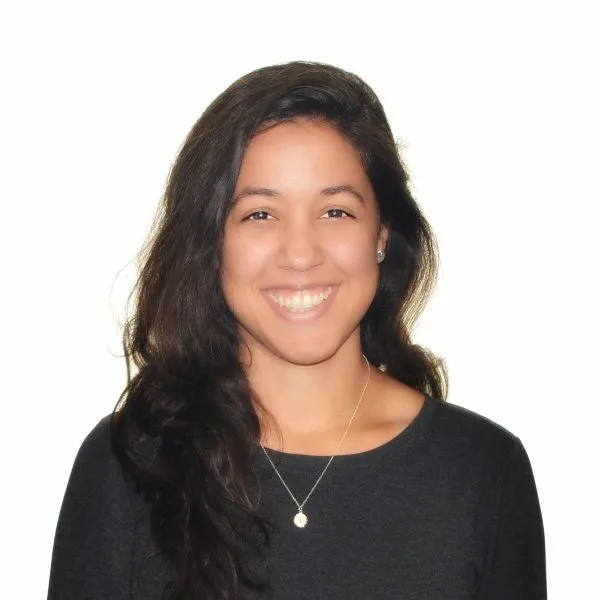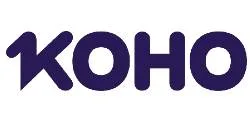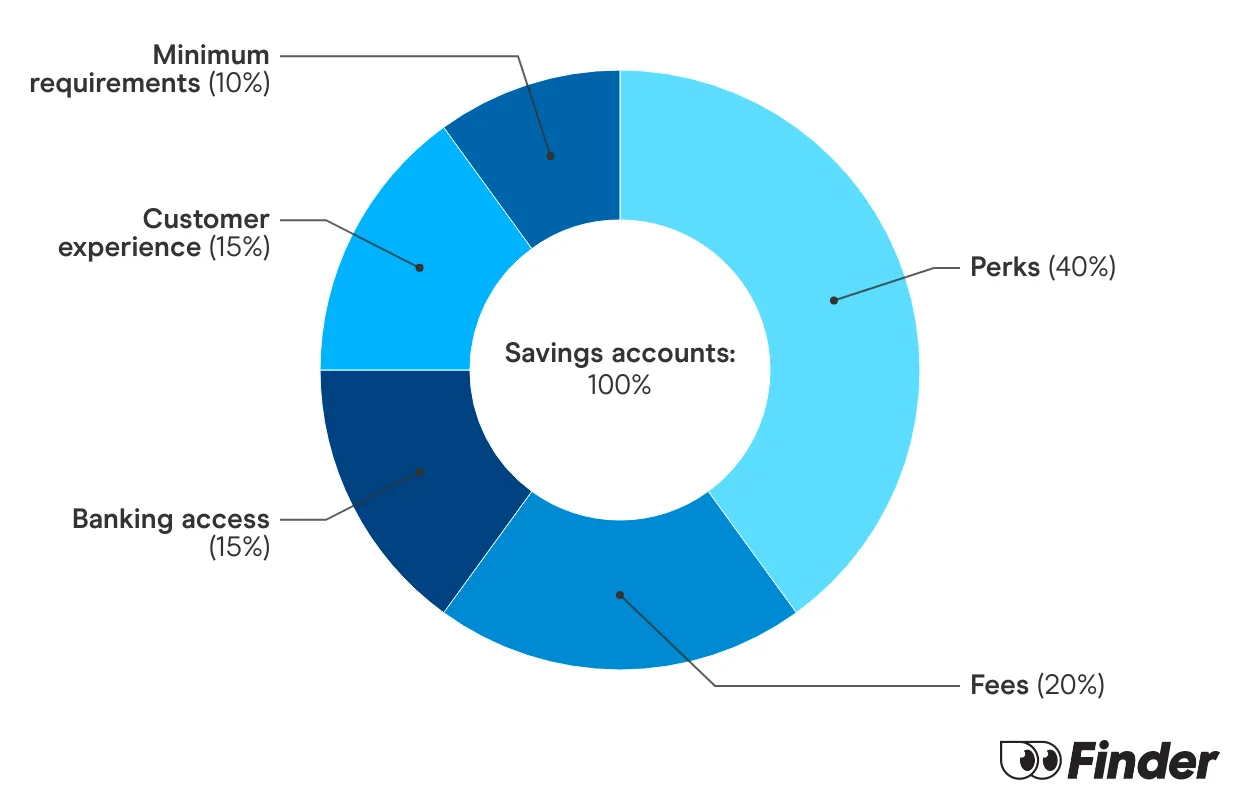Requirements for opening a bank account in Canada vary from bank to bank, but you’ll generally need to provide your personal information and verify your identity. Learn more in our guide below about the documents you need to open a bank account.
What you need to open a bank account in Canada
Here is a checklist summarizing what you typically need to open a bank account in Canada:
While specific requirements can vary from bank to bank, all banks in Canada must verify your identity before allowing you to open an account.
Eligibility criteria for bank accounts in Canada
Before you try to open a bank account, you’ll need to make sure that you meet any eligibility criteria that apply. Criteria can vary depending on the type of account and bank, but usually include:
- Age requirements. In most cases you’ll need to be at least 18 years of age to open an account by yourself, although parents or legal guardians can open bank accounts for their kids. Different age limits can apply to special accounts, such as student or seniors account.
- Residency requirements. You’ll typically need to be a Canadian resident to open an account, but in some cases it is possible to open an account from overseas. Here’s how you can open a bank account in Canada without proof of address.
Other criteria may apply, so check the terms and conditions before beginning an application.
Basic requirements for popular bank accounts in Canada today
View the basic eligibility requirements for popular chequing and savings accounts in the table below so you know the basics of what you need to open a bank account in Canada.
| Bank | Eligibility requirements | Can open an account online? | Popular account option |
|---|---|---|---|
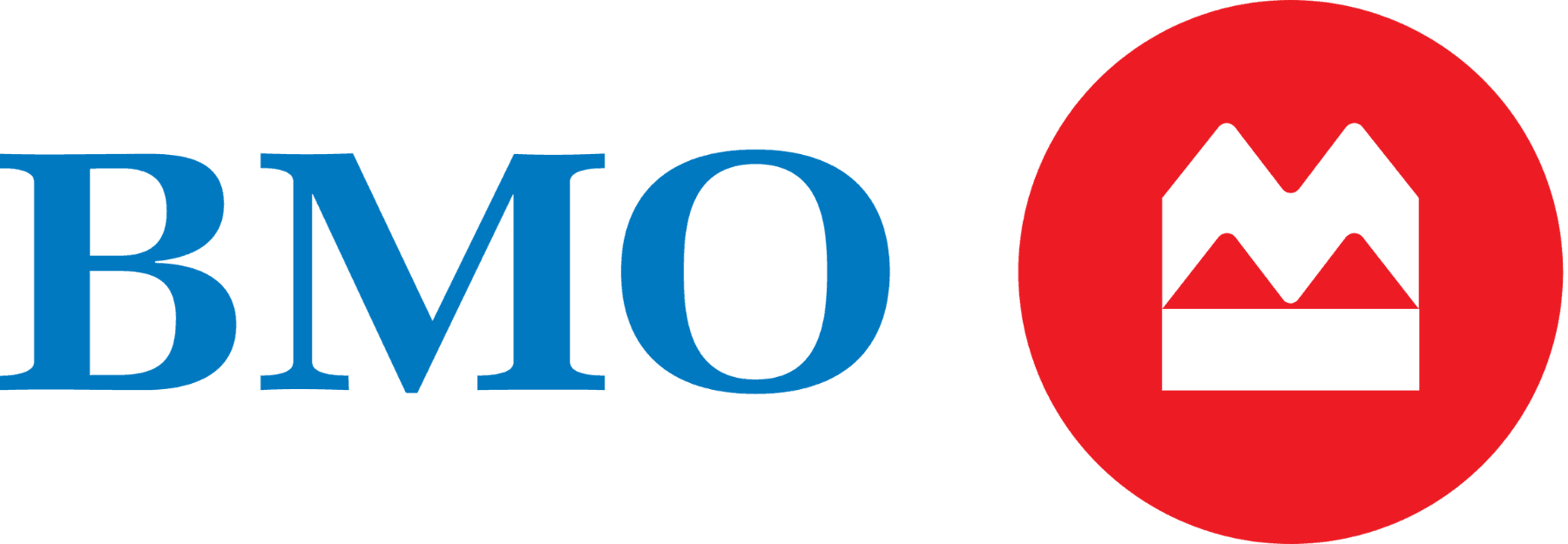 |
| BMO Performance Chequing Account | |
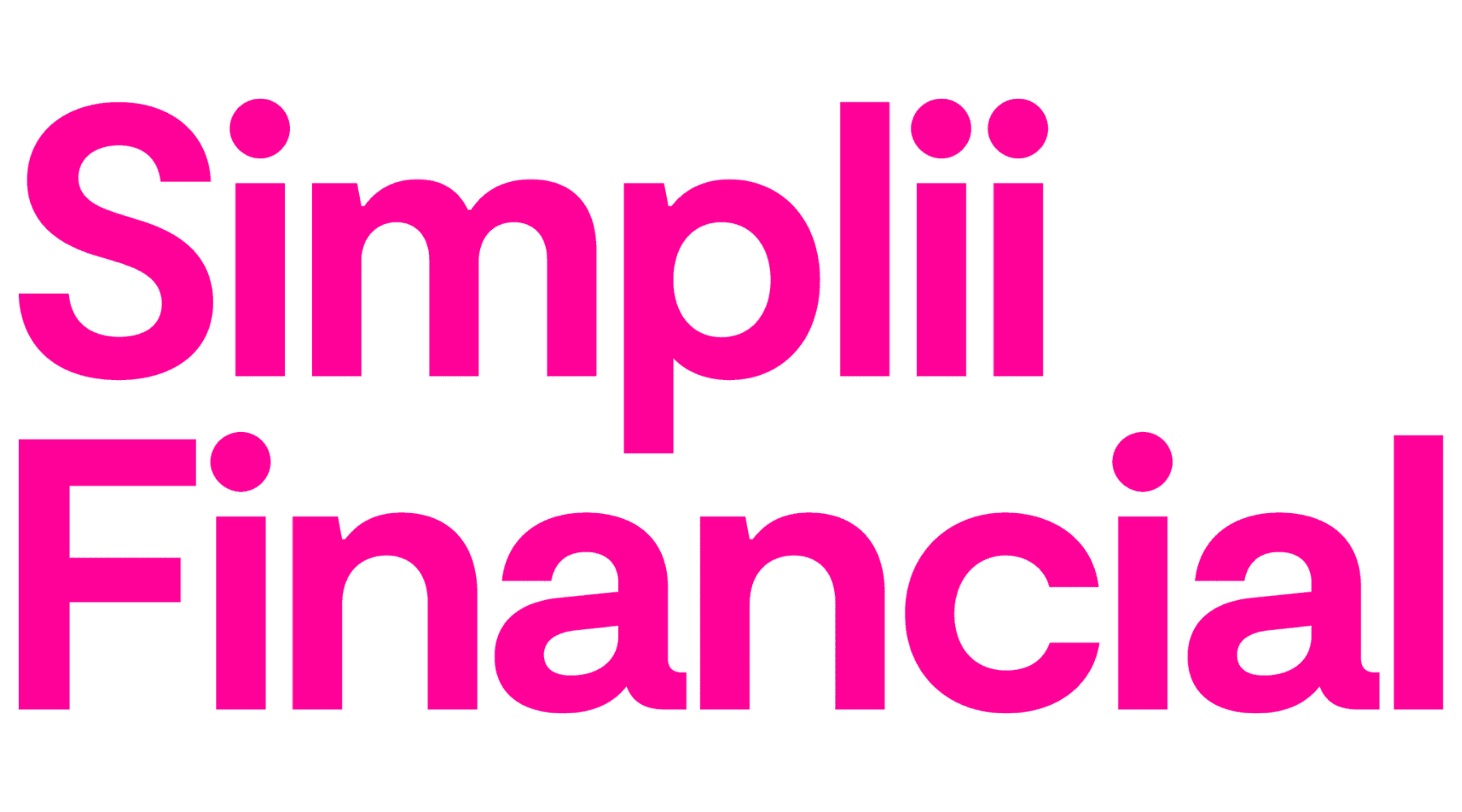 |
| Simplii No Fee Chequing Account | |
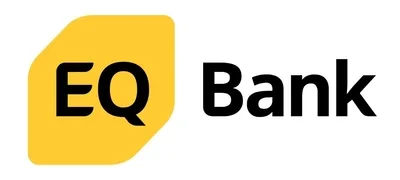 |
| EQ Bank Personal Account | |
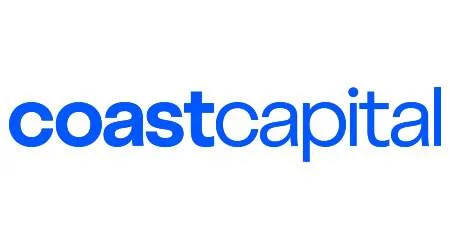 |
| Coast Capital Free Chequing, Free Debit, and More Account | |
 |
| Scotiabank Preferred Package | |
| KOHO Essential Plan | ||
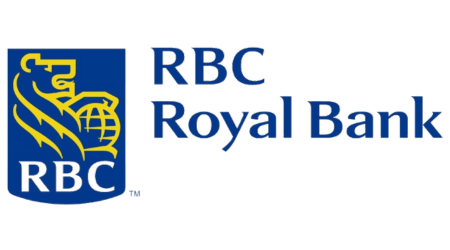 |
| RBC Signature No Limit Banking Account | |
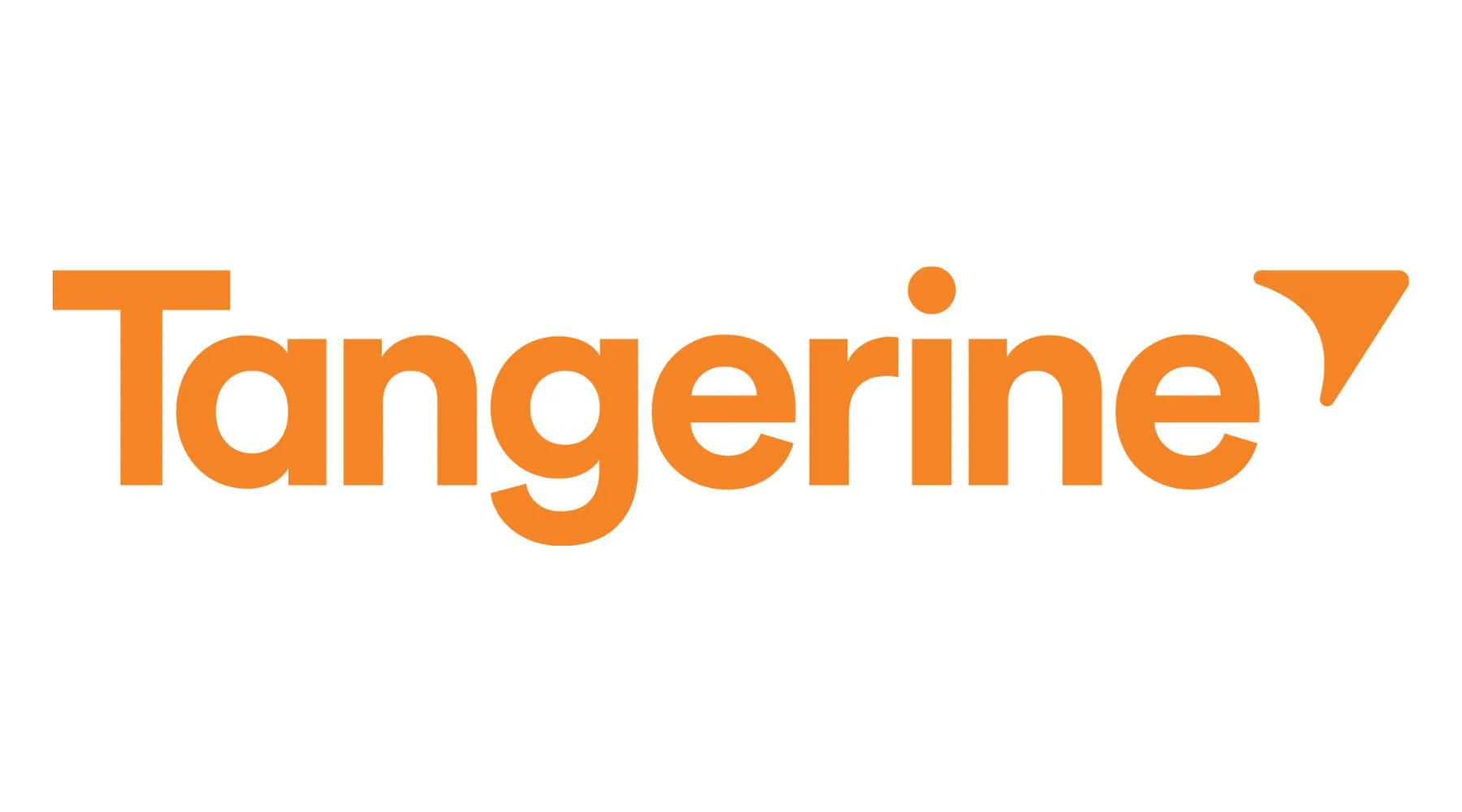 |
| Tangerine GIC | |
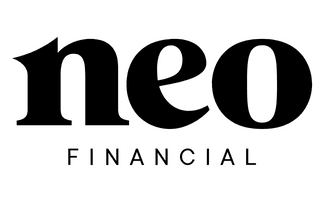 |
| Neo Everyday Account | |
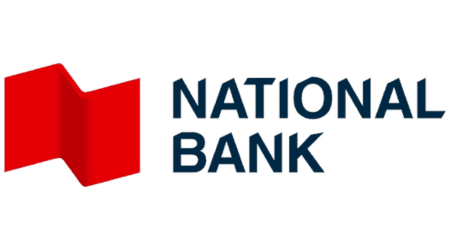 |
| National Bank Connected Account | |
 |
| TD Unlimited Chequing Account | |
| CIBC Smart Account |
What information do I need to open a bank account?
If you’re an existing customer with a bank, they’ll have your personal information on file and you likely won’t need to supply any extra details unless you’re setting up a business or kids account. However, if you’ve never held an account with that particular bank before, the information you’ll need handy to open a bank account will include:
- Personal details. This can include your gender, full name, date of birth and residential address.
- Contact details. The bank will require your phone number and email address.
Also know that all Canadians have a legal right to open a bank account regardless of whether or not you have a job, have money to put in the account when you open it or if you’ve been in bankruptcy.
Additional information
Depending on the type of account you open, there may also be circumstances where you need to supply some additional information. These include:
- Kids bank accounts. If you’re opening a bank account for a child or a teen bank account, you’ll need to provide their birth certificate.
- Student accounts. If you’re applying for a student bank account, you may need to provide a student ID, .edu email address or proof of enrollment at your school.
- Overseas accounts. If you’re currently based overseas and are about to move to Canada and need to open a newcomer’s bank account, you may need to provide passport and visa details, as well as your expected arrival date and city.
- Linked accounts. If you’re opening a linked account, you’ll need your current account number. Some banks require you to have a linked checking account when you open a high-interest savings account.
What ID do I need to open a bank account in Canada?
To open a bank account in Canada you’ll need to provide two pieces of ID that proves you are who you say you are – usually via a driver’s licence, passport or provincial ID card.
The government of Canada set out the following lists of what qualifies as acceptable personal identification for opening an account. If you’re opening a joint account, you have to provide the following information for all account holders.
You’ll need two pieces of ID to open a bank account in Canada, either both from list A or one from list A and one from list B:
List A:
- Canadian driver’s licence
- Valid Canadian passport
- Canadian birth certificate
- Social Insurance Number (SIN) card
- Old Age Security card with your SIN on it
- Certificate of Indian Status
- Provincial or territorial health insurance card (not valid in Ontario, Manitoba, P.E.I., and Nova Scotia)
- Certificate of Canadian Citizenship or Certification of Naturalization
- Permanent Resident card or a Citizenship and Immigration Canada form IMM 1000, IMM 1442, or IMM 5292
- Document or card with your picture and signature from:
- Insurance Corporation of British Columbia
- Alberta Registries
- Saskatchewan Government Insurance
- Department of Service Nova Scotia and Municipal Relations
- Department of Transportation and Infrastructure of the province of Prince Edward Island
- Service New Brunswick
- Service NL of the province of Newfoundland and Labrador
- Department of Transportation of Northwest Territories
- Department of Community Government and Transportation of Nunavut
List B:
- Employee ID card (issued by an employer that is well known in the community) with your photo on it
- Debit card with your name and signature
- Canadian credit card with your name and signature
- Client card (with your photo and signature) from the Canadian National Institute for the Blind
- Valid foreign passport
Another acceptable method of identification is to provide one piece of ID from list A (that shows your name and date of birth) plus have another person verify your identity with the bank. That person must be either a:
- Customer who is in good standing with the bank
- Someone who is of good standing in the community where you’re opening the account
If you don’t have a valid photo ID, and still want to open a bank account, read our full guide to how to open a bank account with no photo ID here.
What is the minimum age to open a bank account in Canada?
The minimum age to open a bank account in Canada is 18 or 19 years old (the age of the majority in your province or territory) for most standard bank accounts. Many banks in Canada also offer youth or student chequing and savings accounts where children as young as 14 or 16 years old can sign up on their own.
Children as young as 12 years old can also often open an account in their own name, as long as they sign up with a parent or guardian.
How to open a bank account in Canada
There are several ways to apply to open a bank account in Canada. You can:
- Apply online. You can open an account online by filling out an application on the bank’s website or, if you’re already a customer with the bank, through your online banking account. You can compare both savings and chequings accounts below.
- Apply on the app. Many banks allow you to apply for a new account by following the prompts through their mobile app.
- Apply by phone. Some banks will let you open a new account over the phone. You may be required to verify your identity online, by mail or in person.
- Apply in person. You can visit your nearest bank branch to apply for an account in person.
What if I’m opening a business bank account?
Application requirements are a little different if you’re applying to open a business bank account. In addition to your name, contact details and proof of ID, you may also need to supply:
- Details of how your business is structured. This includes the formation documents for your business.
- Your employer identification number. If you’re a sole proprietor, you can also use your Social Insurance Number (SIN).
- Your business license. Your bank will require the full address and contact details of your business or company.
- Ownership agreements. If you’re not a sole proprietor, you’ll need to include information about any other owners.
Compare more popular banking accounts
Finder Score for chequing accounts
To make comparing even easier we came up with the Finder Score. Welcome offers, account fees and features across 60+ chequing accounts and 25+ lenders are all weighted and scaled to produce a score out of 10. The higher the score the better the account - simple.
Finder Score for savings accounts
To make comparing even easier we came up with the Finder Score. Interest rates, account fees and features across 50+ savings accounts and 25+ lenders are all weighted and scaled to produce a score out of 10. The higher the score the better the account - simple.
Bottom line
Opening a new bank account is a relatively simple process, but knowing exactly what you need to open a bank account in Canada can help make sure the process runs smoothly. After ensuring you meet all of the basic eligibility requirements, get all documents you need ready to show your bank. And to get the best bank account for your needs, compare savings accounts and chequing accounts before getting started.
FAQs about what you need to open a bank account
More guides on Finder
-
45 tips for how to save money in Canada
Your guide to saving money on gas, groceries, utilities and everyday expenses in Canada.
-
Banking statistics and trends in Canada for 2025
Explore key banking statistics and figures from the Finder: Consumer Sentiment Survey January 2025
-
The best banks in Canada for 2025
We compare Canada’s best banks to help you find your perfect banking match.
-
Scotiabank promotions and offers
Explore all the latest Scotiabank promotions and offers available now.
-
Beacon Money Account review
Your guide to features and fees of the Beacon Money Account for newcomers to Canada.
-
Alternatives to Tangerine Bank
Your guide to the 6 of the best Tangerine alternatives in Canada.
-
13 best new bank account offers for April 2025
Earn cash, rewards points, bonus interest rates and more with these new bank account offers and promotions.
-
Bank of Canada interest rate forecast report
Read Finder’s BoC Interest Rate Report for forecasts from some of Canada’s brightest minds in economics and learn more about how recent rate increases could affect Canada’s real estate market.
-
Compare bank interest rates
From mortgages to high-interest savings accounts, here’s how to find the best interest rates in Canada.
-
Open a bank account online in Canada in 5 easy steps
Compare and open a bank account online in Canada in as little as 5 minutes. Learn what you need to apply and how to get started today.

